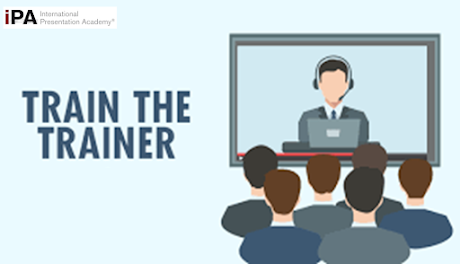Make Your Training More Interactive and Raise Learning Effectiveness
Benjamin Franklin once said, “Tell me and I forget, teach me and I may remember, involve me and I learn”. Many of us know intuitively that this is true. We know that the key to acquiring real knowledge is only learned when it becomes one with us at a deeper level. Any yet, much training within companies is still lecture based, with numerous PowerPoint slides filled with text. The trainer often just reads that text to his bored audience – who after ten minutes, are no longer paying attention.
In addition,
there is rarely any chance to put the learning into practice numerous times
until competency is reached, not to mention any assessment with feedback of
what was supposedly learned. It’s a scenario many company employees know all
too well. And it’s a situation that educational experts have found brings
little in the way of learning.
The key to
effective training, and by extension, effective learning - rests upon three
pillars: 1. Topic relevancy; 2. A course structure that follows the learning
structure of the mind; 3. Relevant activities along each step of the structure.
How does this
work in practice? First, people do not learn unless they see there is some
relevancy in their lives to what they are learning. So a trainer needs to show
how what is being learned is relevant for the learner. Relevancy is the
ignition that starts the motor of learning. Secondly, learners have a basic
structure in their cognitive apparatus that requires a similar set-up in the
way a seminar is taught. This classroom structure was based on the educational
theories of David Kolb. He focused on holistic perspective of experiential
learning and found that effective learning proceeds through a series of four
stages – which many educational practitioners then tweaked and developed classroom structures along his model. They
included 1. Concrete experience (often at the beginning as a type of knowledge
or skills gap-analysis. After that came the second stage in the cycle,
reflection (2) of the experience (what is known, and what still needs to be
learned (2a – new input). After new input comes the anchoring of those new
concepts or skills (usually through some kind of repeated practice or test, and
this then culminates in step 4, in
applying what was learned to a realistic situation.
At each stage
of Kolb’s cycle learners should be engaged
with the material in some way. This may include group activities, games
and simulations, or just hands-on practice with whatever is being learned.
The classroom
training structure that follows this cycle is based in practical experience. It
emerged from an intuitive understanding of how real learning takes place in the
real world. Kolb simply made it explicit. In all areas of life, from health-care
workers, home-builders, airplane pilots, bus drivers, teachers, etc., we all
expect that those engaging in these activities are properly trained. And by trained
we mean that they should have had lots of practice and experience, not just in
theory, but in actually “doing” what they are supposed to be qualified in. And
they should do it until they are competent in it. Likewise, in company training
programs this should also be the norm. Training needs to become much more
hands-on, with intensive practice in the topics being learned. It also needs to
be tested – which not only provides feedback to the learner, but to the trainer
too - who can then measure the effectiveness of his or her training methods. However,
this is often not the case in numerous company training programs. There
is too little practice (until competency is reached) and almost no testing
whatsoever. Rather, the trainer comes in, boots up his laptop, and begins to
present his PowerPoint (mostly text) slides.
At the International Presentation
Academy, we offer a 2-3 day Train the Trainer Skills Seminar in Munich,
Germany will guide you step-by-step in designing your own interactive training
module. This training workshop, for in-house trainers, will show you how to
structure you seminar for maximum effectiveness, develop easy-to use
interactive tests, as well as a hands-on approach to making instructional
videos, creating educational games and simulation activities
This intensive Train the
Trainer Course in Germany is appropriate for those who train soft skills of
every kind as well as technical skills. We will engage you with the topic from
beginning to end – using a completely hands-on approach. Indeed, we employ the
very methods we advocate. We invite you to join us at one of our open seminars,
or contact us for an in-house quote at:
info@ip-academy.de




Comments
Post a Comment